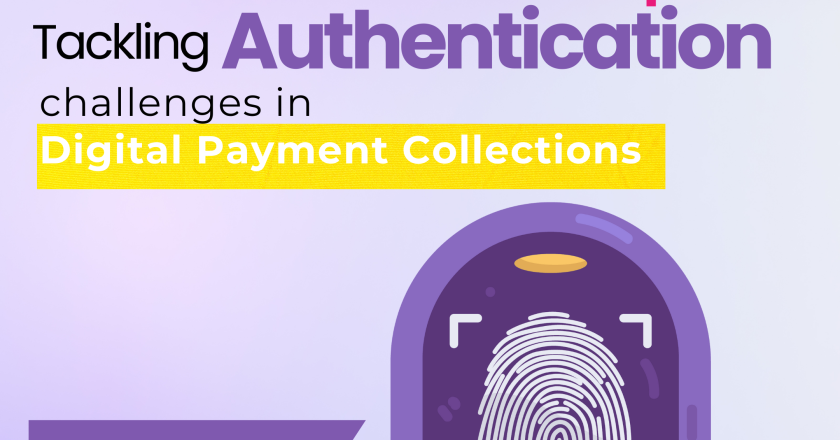As digital payments continue to evolve, businesses often find themselves managing multiple integrations for recurring payments : NACH, eNACH, eSign, and UPI Autopay, each with its own processes, file formats, and APIs. While these systems are individually efficient, managing them separately creates unnecessary complexity for tech teams and operations. This is where the concept of a Universal API changes the…

What Is Penny Drop Verification? Penny Drop is a simple yet powerful method to verify a customer’s bank account before initiating payments or mandates. In this process, a small amount (usually ₹1) is credited to the customer’s account to confirm its validity and fetch the registered account holder’s name directly from the bank. This small verification step ensures that the…

The Problem: Uncertainty in Mandate Authentication For NBFCs, MFIs, Digital lenders and banks, recurring payment collections are not just routine. they are the lifeline of business growth. Yet, when it comes to NACH mandate authentication, uncertainty often creeps in. Should you go with eSign? NetBanking? Debit card? Physical mandates? Each option seems promising, but the real challenge is knowing which…

In today’s digital world, businesses of every size, whether it’s a small subscription service or a large financial institution rely on recurring payments to maintain steady cash flow. But here’s the catch: simply setting up a digital payment system doesn’t guarantee efficiency. In fact, many companies think they are automating recurring payments, but end up adding more work with failed…

In today’s digital-first world, recurring collections are a crucial part of any subscription or loan-based business. But here’s a question most businesses don’t ask often enough: How much of your recurring payment collection process is automated and how much still depends on manual efforts? From uploading files to tracking mandates and sending reminders, manual processes silently drain time, increase failure…

